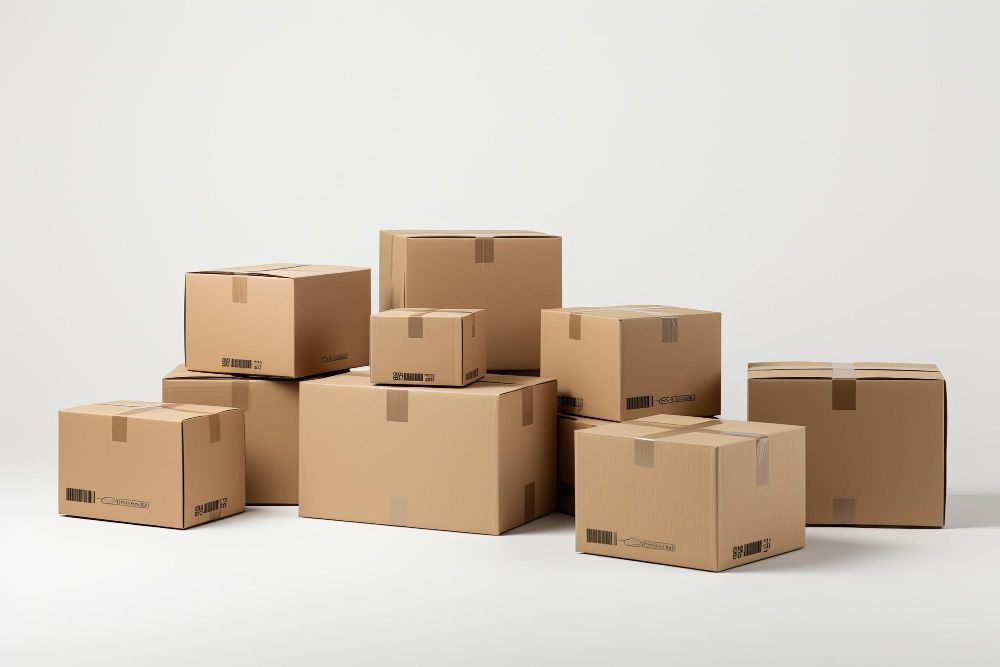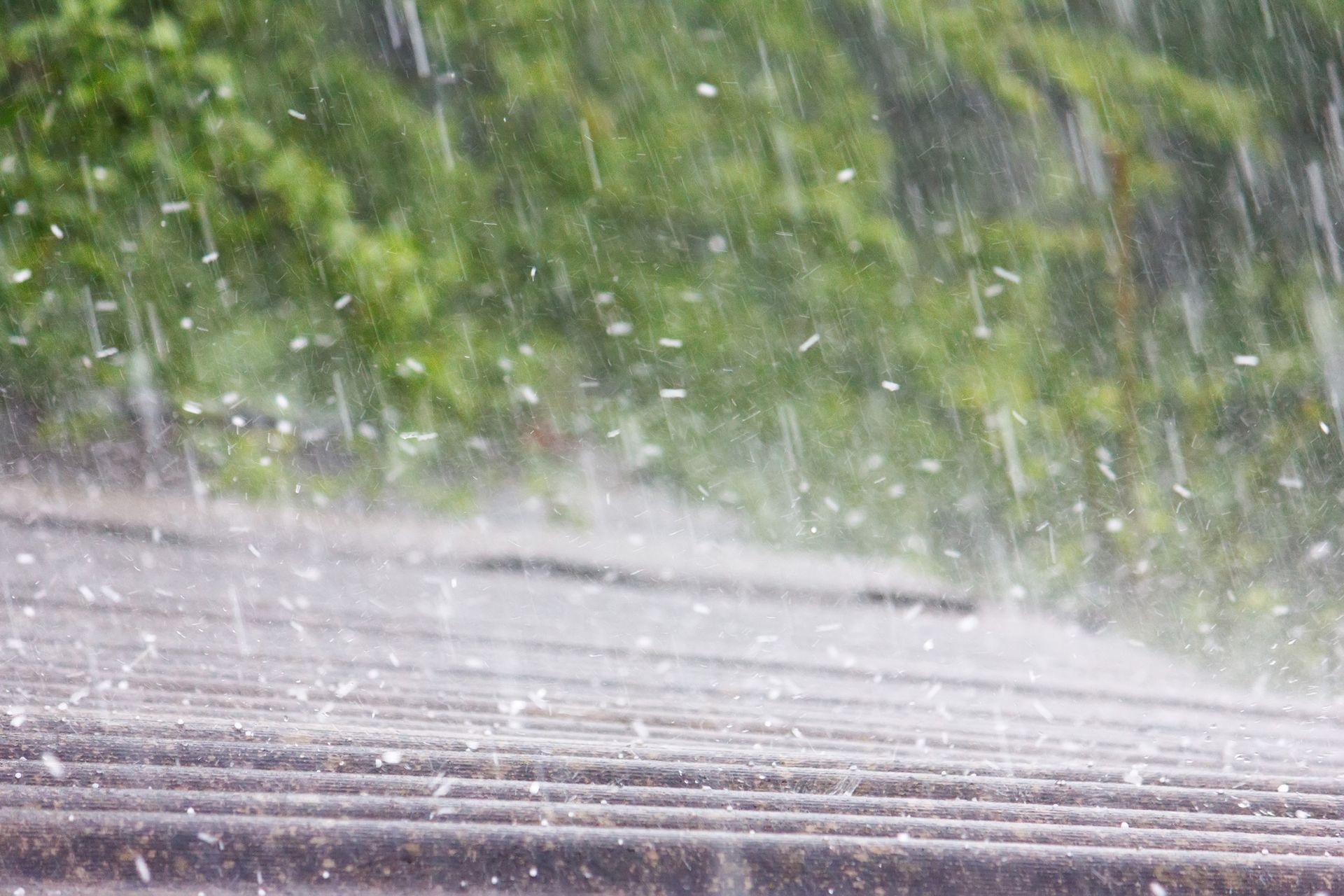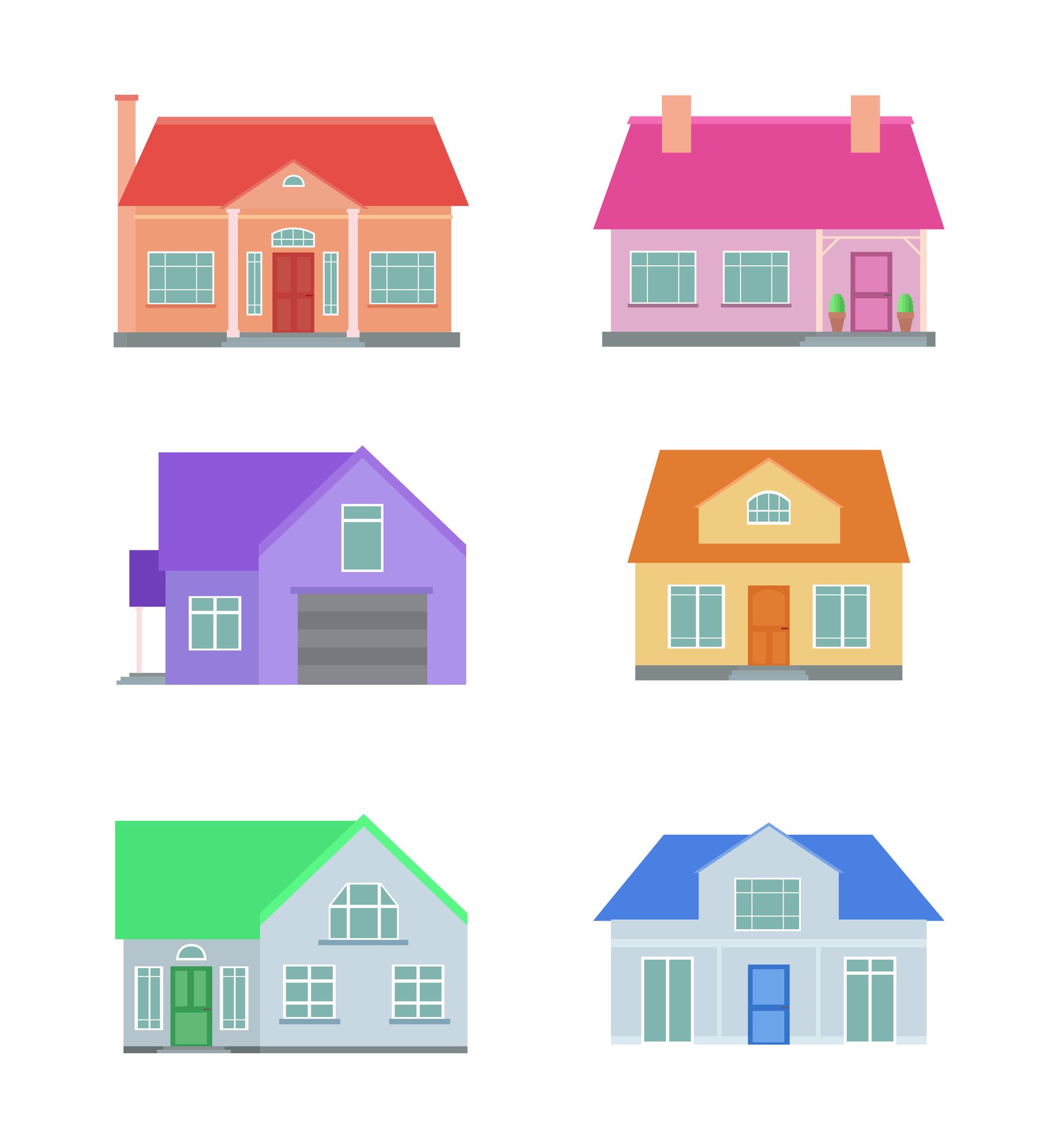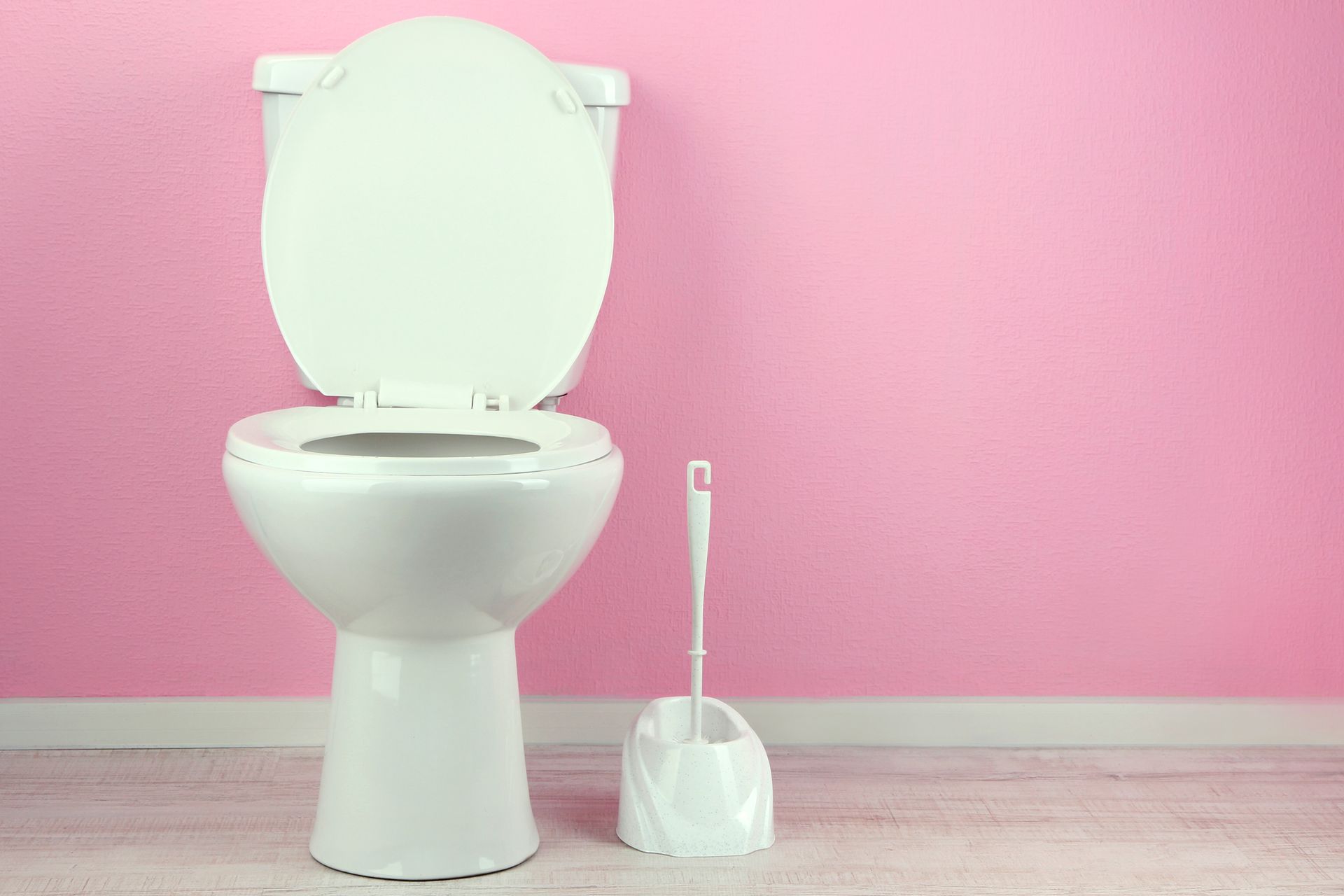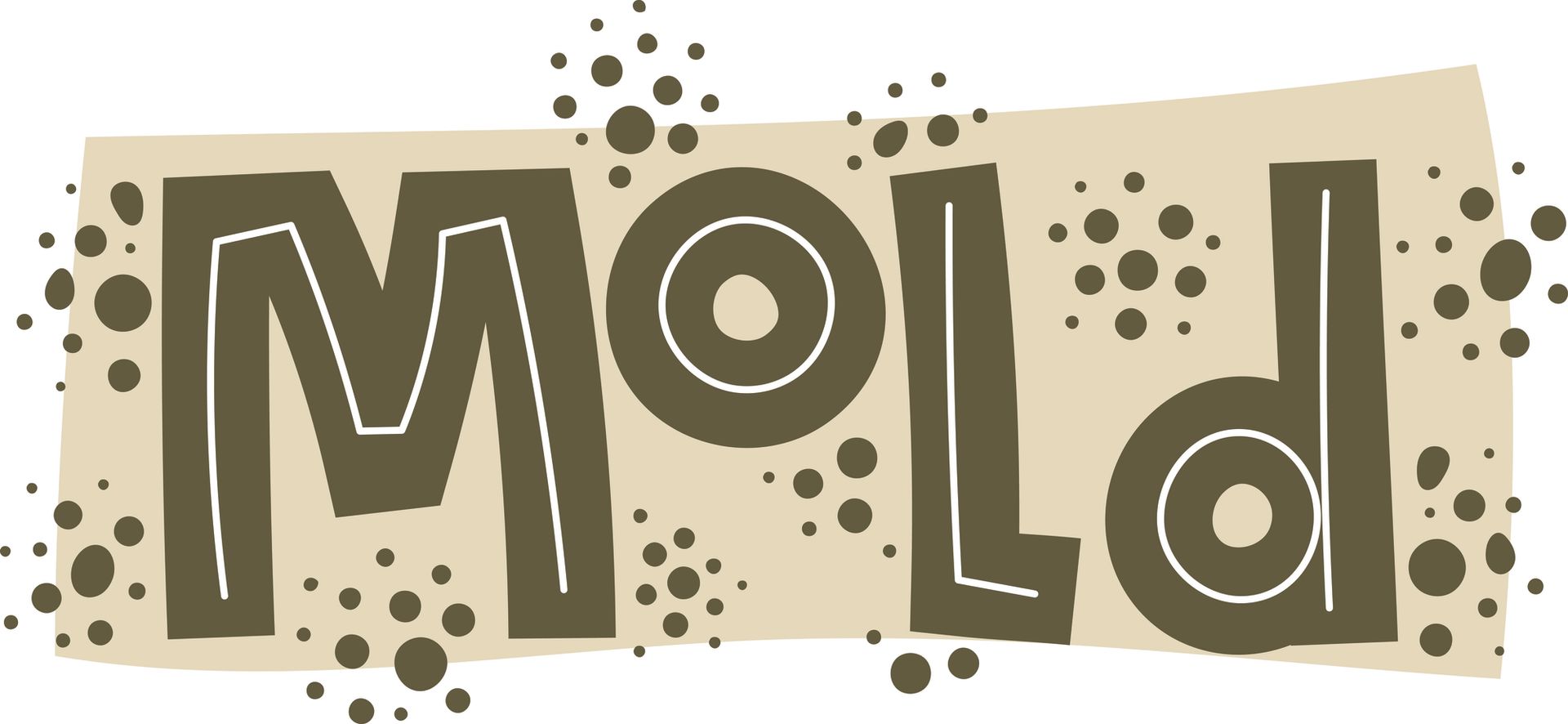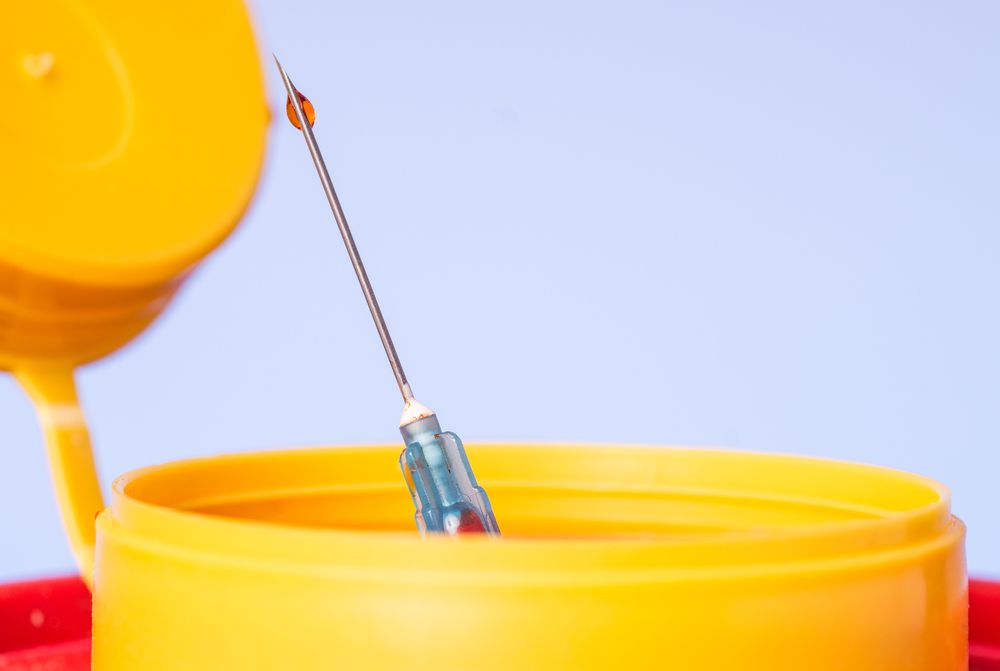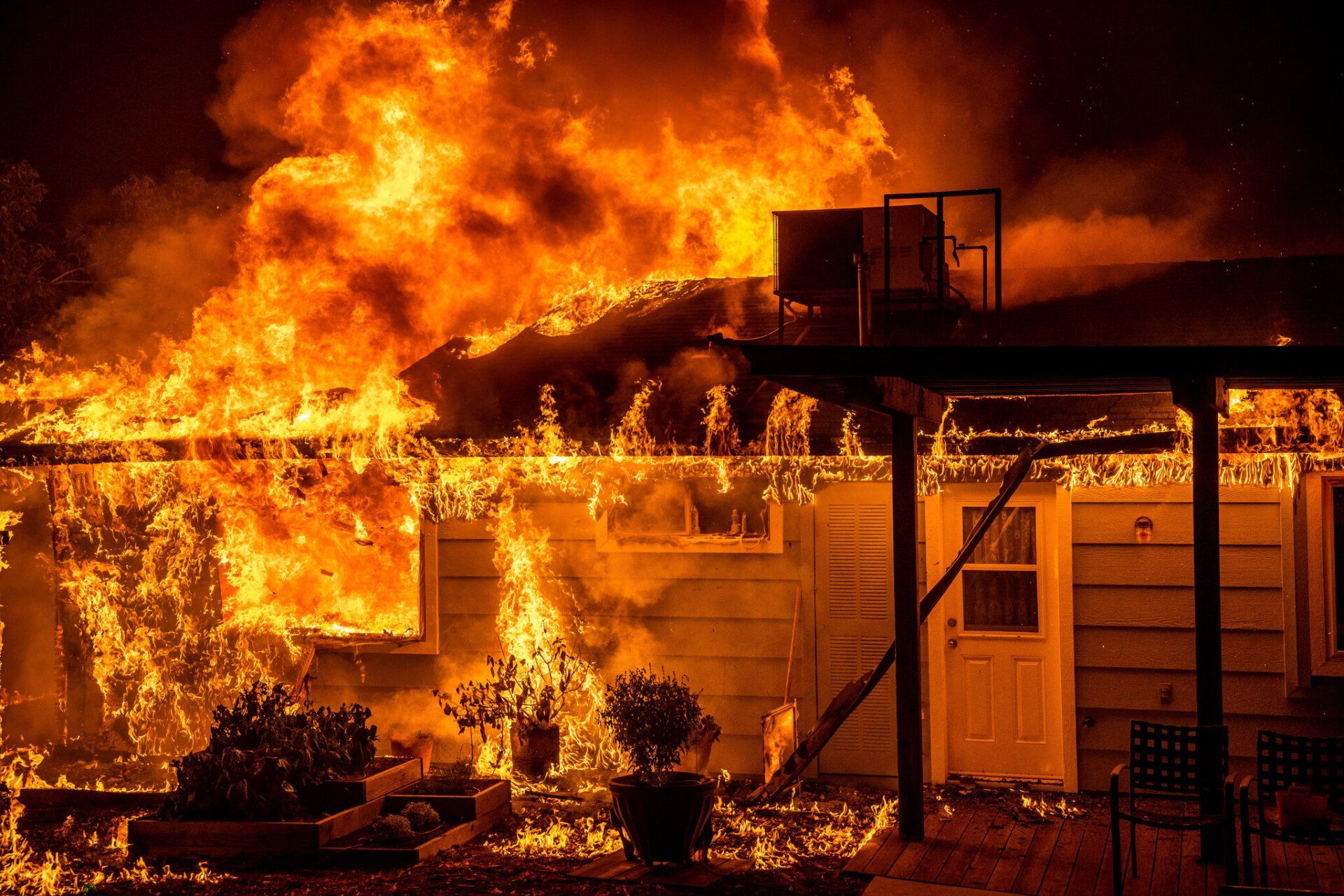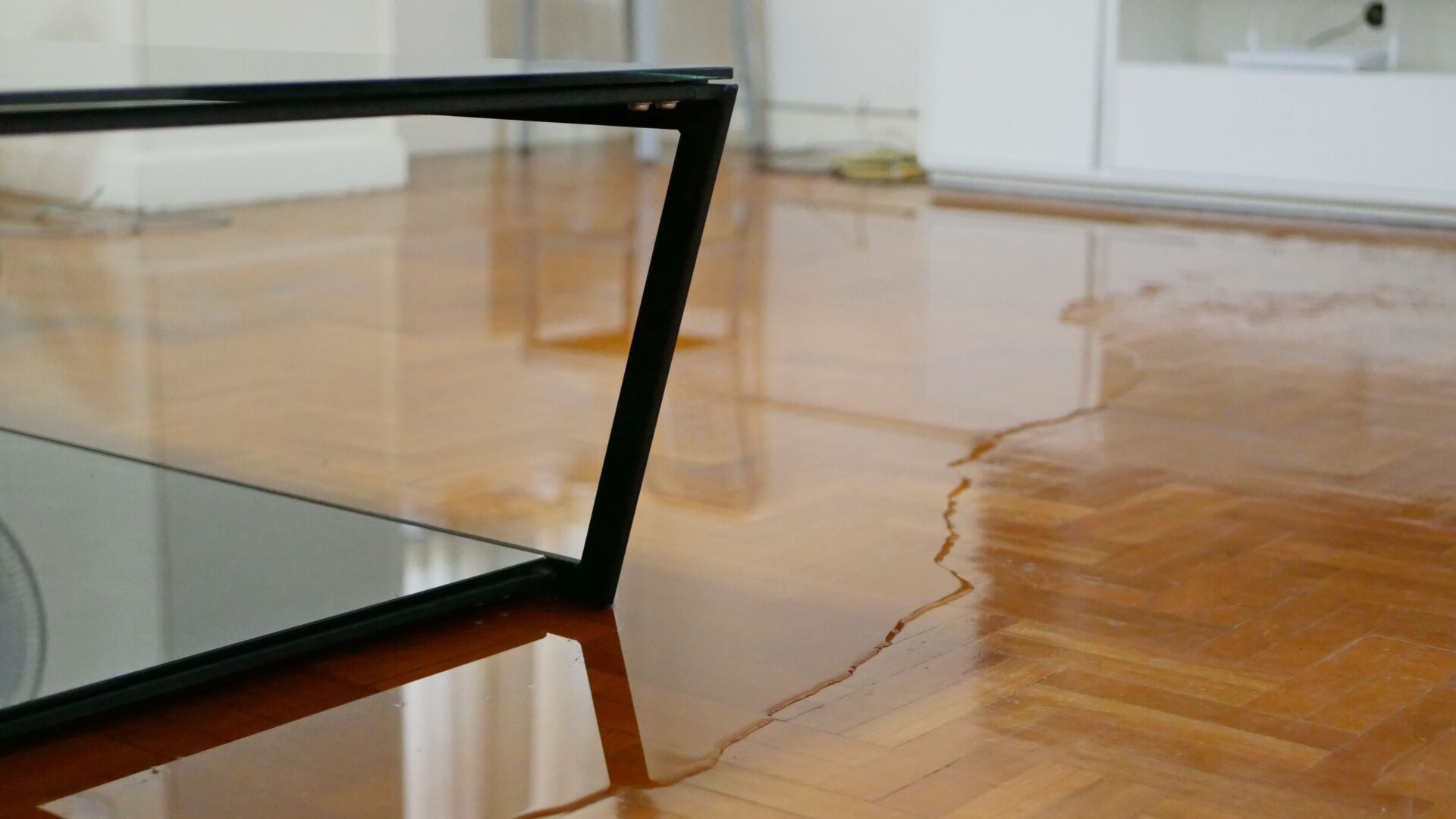A Water-Damaged Ceiling Causes Bubbles
A Water-Damaged Ceiling Causes Bubbles- Bentonville, AR
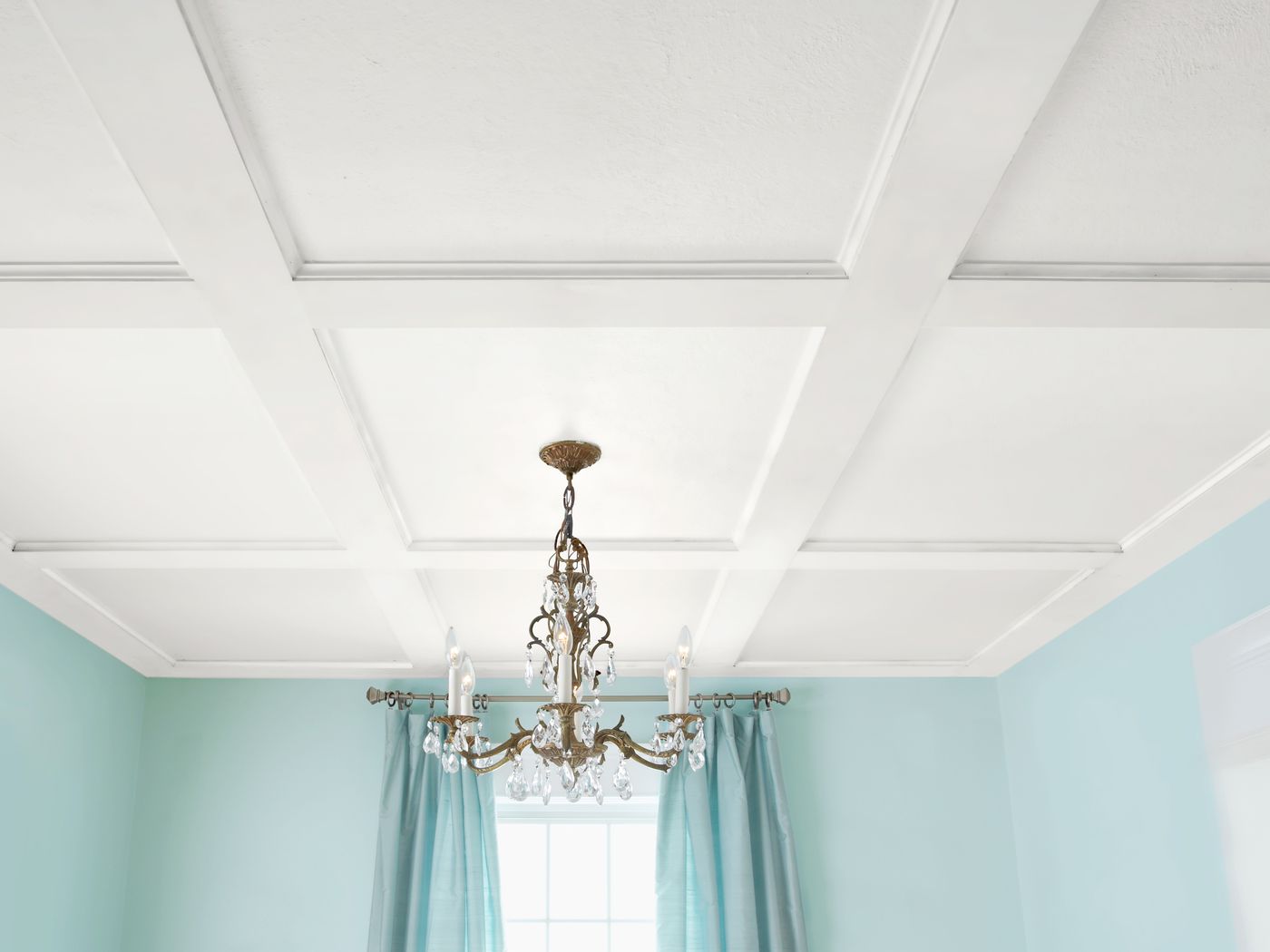
Water damage may strike without warning, wreaking havoc on your home's appearance and even jeopardizing its structural integrity. If you observe water gathering in the form of bubbles on the ceiling of your Bentonville, AR home, this signals a structural problem that needs attention right away.
Why do you see the water bubbles on your ceiling?
Brown and red stains on walls are commonly caused by saturated dampness. A swollen water bubble, on the other hand, indicates a more significant problem with water damage. It can occur for a number of reasons, including:
- Paint or plaster of poor quality: It is critical to apply waterproofing paint to the outer walls on a regular basis. Some families may use cement to plaster the exterior wall and then paint it. If the house floods, though, it will almost likely turn damp and moldy. When it rains for a lengthy amount of time, even when households use cotton skirting boards, the wall collects water, which eventually penetrates the home and harms the electrical system.
- Before plastering or painting, ceilings are not cleaned or sanded: The paint should be applied on a dry, clean surface. The paint may not cling properly to the wallboard if it is applied over a corroded, hot, or moist surface. As a result, when a leak occurs, water collects, becomes blocked in one location, and falls to the ceiling.
- Uneven concrete ceilings with concave errors: As a result, the mortar layer in certain areas becomes excessively thick, resulting in instability and a high danger of falling when exposed to water damage.
How to deal with water damage ceiling bubble?
When you have a water damage problem, you should first figure out where the water is coming from and shut off the supply. Before further water seeps through porous building materials and furnishings, you should contact expert water damage repair pros for emergency dry-out services as soon as possible. The more bubbles that emerge on your ceiling, the more pressure they place on your plaster, which might cause it to collapse.
Staring up at your soaking wet ceiling is intimidating. Depending on the type of wall you have, you may apply the following interim cures while you wait for the repair professionals to arrive on-site and examine the problem:
- Brick skirting: If the water has not been absorbed by all of the wall panels, you are still safe and need not worry.
- Painted wall: Use high-pressure sodium lights to shine on the ceiling to attempt to prevent degradation.
- Wood-paneled wall: There is no other alternative than to remove, clean, and repaint the wooden wall.
- Wall decals: If the old decal layer cannot be avoided, it should be removed and cleaned.
- Laminate flooring: Laminate flooring is often prone to moisture damage. When the wood is exposed to floods, it will retreat. In that situation, the boards should be removed, cleaned, and re-paved.
- Natural wood flooring: Natural wood is more resistant to abrasion. It does not, however, protect it from water damage. You should use a towel to lightly dry the wet area.
What not to do with water damage ceiling bubble?
It's tempting to bust the bubble and dump the accumulating water into a big bucket. However, if handled incorrectly, this method might do even more harm. Restoration specialists can thoroughly dry the affected areas and structural parts by strategically deploying specialized extraction equipment to generate airflow. Poke a hole in the bubble but don't try to drain the water out. It's critical to employ the right dehumidification method. In addition to drying the wetness, the experienced team may need to remove, clean, and re-pave the boards. Rather than attempting to address the problem yourself, hiring professionals to restore your property will save you a lot of time and money.
Which Restoration Company should I choose?
Self-troubleshooting might cost up to three times as much as professional restoration. Most insurance companies will cover the cost of house repairs; a qualified restoration company will assist you in filing a claim and dealing with the insurance company. Don't hesitate to call Restoration 1 of Northwest Arkansas if your home or company has been flooded or has been damaged by water. To remove excess water and restore your house to its pre-loss condition, our IICRC-certified technicians will execute emergency cleanup and drying services.
